Elettaria cardamomum MATON |
| |
|
|
Botanical Name |
: |
Elettaria cardamomum MATON |
English
Name |
: |
Cardamom |
Synonym(s) |
: |
Elettaria repens, Amomum cardamomum, Cardamum officinale Salisb.; Alpinia cardamum Roxb. |
Family |
: |
Zingiberaceae |
| |
General Info
| Description |
 |
|
It is a tall, herbaceous perennial herb with branching subterranean rootstock, from which arise a number of upright leafy shoots, bearing alternate, elliptical or lanceolate sheathing leaves. The flowers are borne in panicles, arising from the base of vegetative shoots. The flowers are bisexual but self-sterile, and open in succession from the base towards the tip. Fruits are trilocular capsules, fusifrom to oviod, pale green to yellow in colour, containing 15 to 20 hard, brownish black, angled and rugose seeds, covered by a thin mucilaginous membrane. |
| Herb Effects |
 |
|
Carminative, stimulant (aromatic); stimulates the apetite, antimicrobial, antiaflatoxic, invigorates the heart, analgesic, antiinflammatory, refreshes the breath and aphrodisiac. |
Chemistry
| Active Ingredients |
 |
|
1,8-cineole, alpha-phellandrene, alpha-pinene, alpha-terpinene, alpha-terpineol, beta-pinene, borneol, camphene, camphor, citronellol, gamma-terpinene, limonene, myrcene, nerol, nerolidol, p-cymene, terpinen-4-ol (fruit); alpha-tocopherol, beta-sitosterol, eugenyl-acetate, linoleic acid, niacin, oleic acid, palmitic acid, riboflavin, stearic acid, stigmasterol, thiamin (seed); terpinyl acetate (volatile seed oil); citronellal, geraniol, linalyl-acetate (plant) |
| Chemistry
of Active Ingredients |
 |
|
|
 |
Name |
CAS# |
IUPAC Name |
Formula |
Structure |
 |
|
| Myrcene |
2153-31-3 |
7-methyl-3-methylide
ne-octa-1,6-diene |
C10H16 |
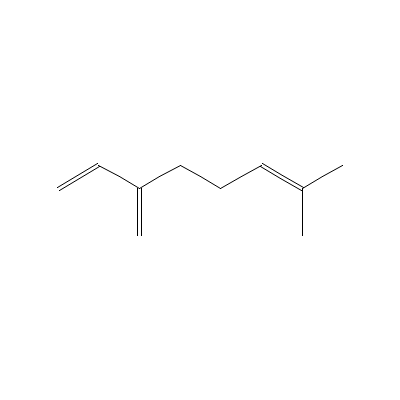
|
| Limonene |
9003-73-0 |
1-methyl-4-prop-1-en
-2-yl-cyclohexene |
C10H16 |
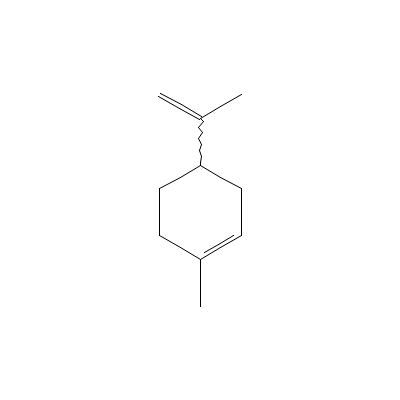
|
| Menthone |
89-80-5 |
5-methyl-2-propan-2-
yl-cyclohexan-1-one |
C10H18O |

|
| 1,8-Cineol |
8024-53-1 |
2,2,4-trimethyl-3-ox
abicyclo[2.2.2]octan
e |
C10H18O |
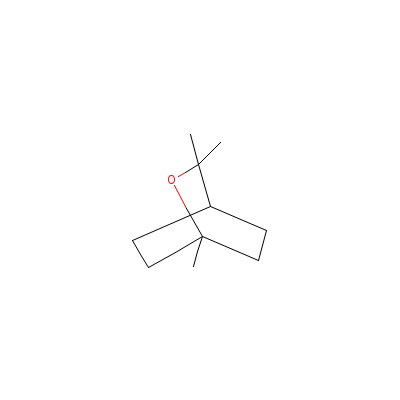
|
| Sabinene |
3387-41-5 |
4-methylidene-1-prop
an-2-yl-bicyclo[3.1.
0]hexane |
C10H16 |

|
| Heptane |
8031-33-2 |
heptane |
C7H16 |

|
| Terpinyl acetate |
8007-35-0 |
2-(4-methyl-1-cycloh
ex-3-enyl)propan-2-y
l acetate |
C12H20O2 |
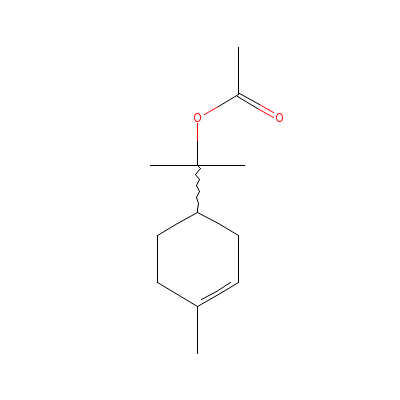
|
| alpha-Phellandrene |
2243-33-6 |
2-methyl-5-propan-2-
yl-cyclohexa-1,3-die
ne |
C10H16 |
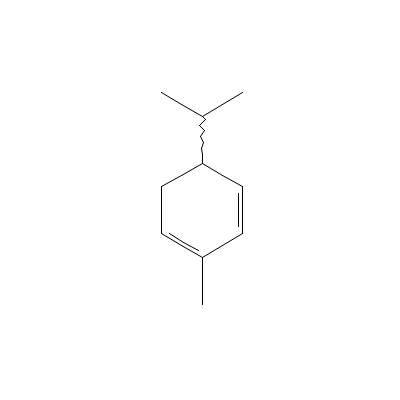
|
| alpha-Pinene |
80-56-8 |
2,7,7-trimethylbicyc
lo[3.1.1]hept-2-ene |
C10H16 |

|
| alpha-Terpinene |
99-86-5 |
1-methyl-4-propan-2-
yl-cyclohexa-1,3-die
ne |
C10H16 |
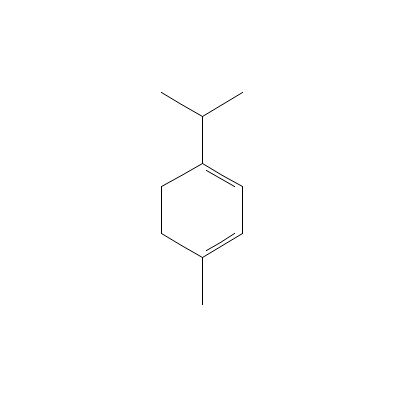
|
| alpha-Terpineol |
10482-56-1 |
2-(4-methyl-1-cycloh
ex-3-enyl)propan-2-o
l |
C10H18O |
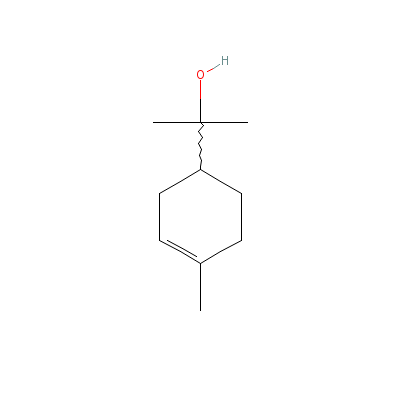
|
| beta-Pinene |
23089-32-9 |
6,6-dimethyl-2-methy
lidene-norpinane |
C10H16 |
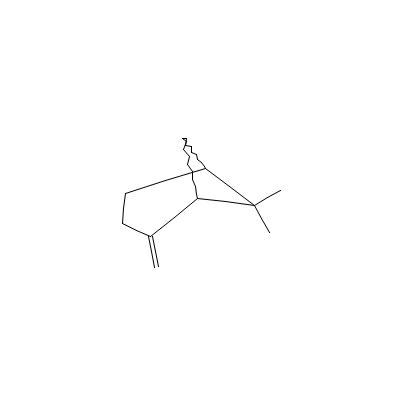
|
| Borneol |
10385-78-1 |
1,7,7-trimethylnorbo
rnan-2-ol |
C10H18O |
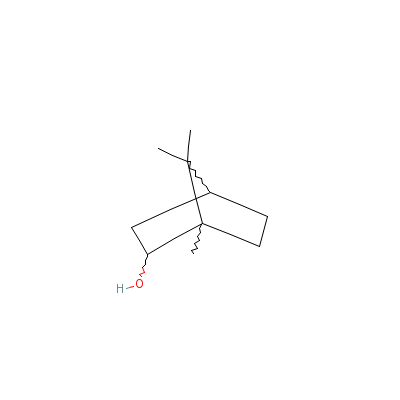
|
| Camphene |
5794-04-7 |
2,2-dimethyl-3-methy
lidene-norbornane |
C10H16 |
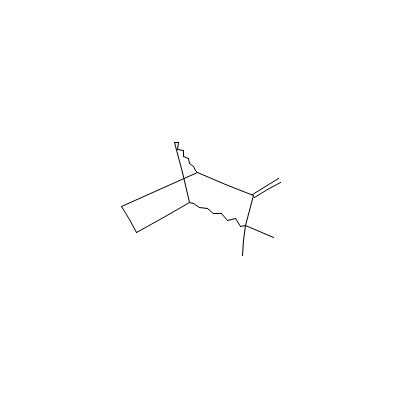
|
| Camphor |
8022-77-3 |
1,7,7-trimethylnorbo
rnan-2-one |
C10H16O |
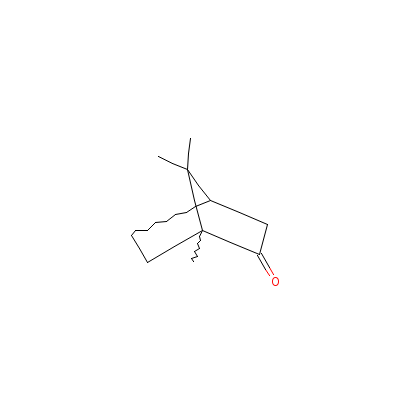
|
| Citronellal |
26489-02-1 |
3,7-dimethyloct-6-en
al |
C10H18O |
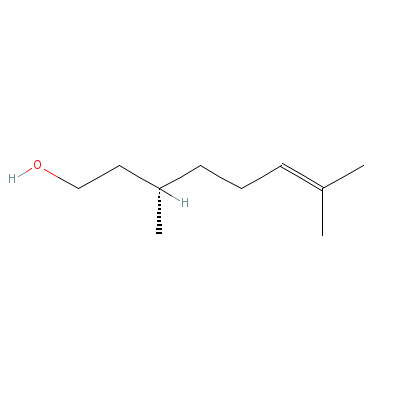
|
| Citronellol |
26489-01-0 |
3,7-dimethyloct-6-en
-1-ol |
C10H20O |

|
| gamma-Terpinene |
99-85-4 |
1-methyl-4-propan-2-
yl-cyclohexa-1,4-die
ne |
C10H16 |
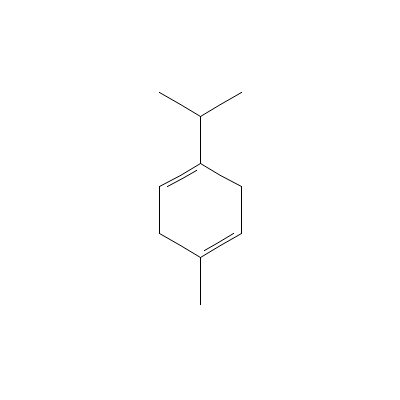
|
| Nerol |
106-24-1 |
3,7-dimethylocta-2,6
-dien-1-ol |
C10H18O |
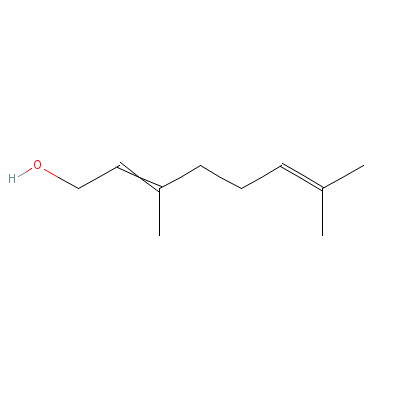
|
| Nerolidol |
14528-94-0 |
3,7,11-trimethyldode
ca-1,6,10-trien-3-ol |
C15H26O |

|
| p-Cymene |
Not Available |
Dichlororuthenium;
1-methyl-5,6-dihydro
-4H-pyrimidine;
p-cymene |
C15H24Cl2N2Ru |
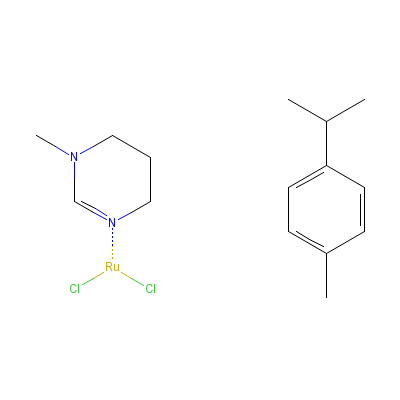
|
| Terpinen-4-ol |
Not Available |
4-methyl-1-propan-2-
yl-cyclohex-3-en-1-o
l |
C10H18O |
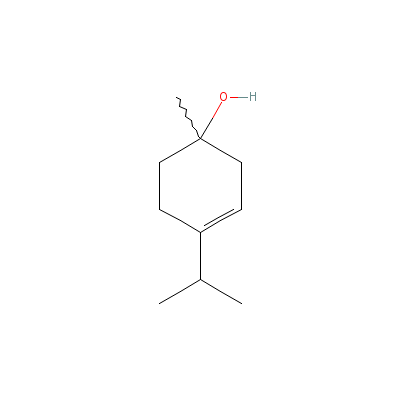
|
| alpha-Tocopherol |
364-50-1 |
2,5,7,8-tetramethyl-
2-(5,9,13-trimethylt
etradecyl)chroman-6-
ol |
C30H52O2 |
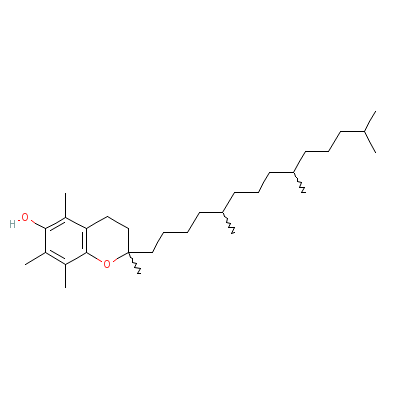
|
| Beta-Sitosterol |
5779-62-4 |
17-(5-ethyl-6-methyl
-heptan-2-yl)-10,13-
dimethyl-2,3,4,7,8,9
,11,12,14,
15,16,17-dodecahydro
-1H-cyclopenta[a]phe
nanthren-3-ol |
C29H50O |
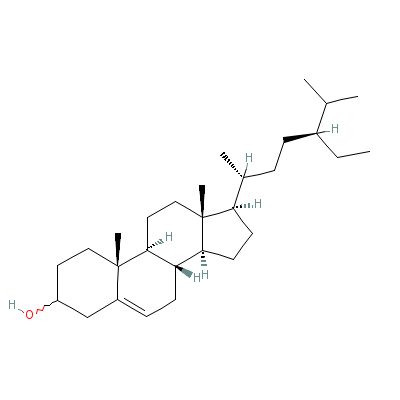
|
| Linoleic acid |
8024-22-4 |
octadeca-9,12-dienoi
c acid |
C18H32O2 |
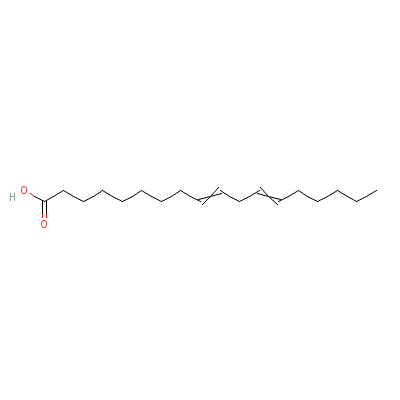
|
| Niacin |
99148-57-9 |
pyridine-3-carboxyli
c acid |
C6H5NO2 |
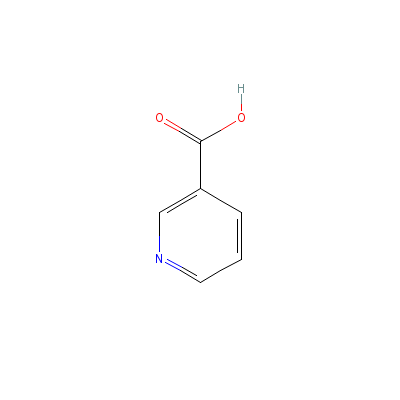
|
| Oleic acid |
8046-01-3 |
octadec-9-enoic acid |
C18H34O2 |
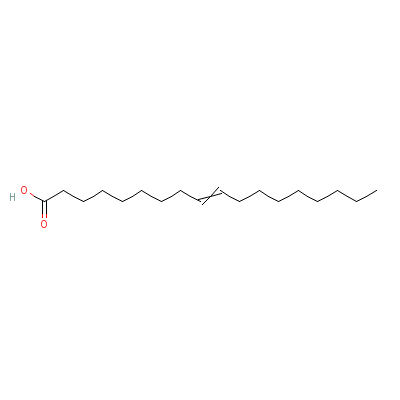
|
| Palmitic acid |
66321-94-6 |
hexadecanoic acid |
C16H32O2 |
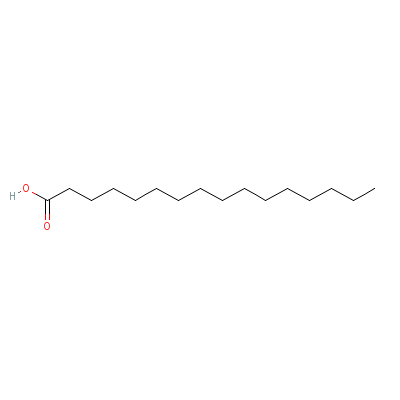
|
| Riboflavin |
Not Available |
Not Available |
C17H21N4O9P |
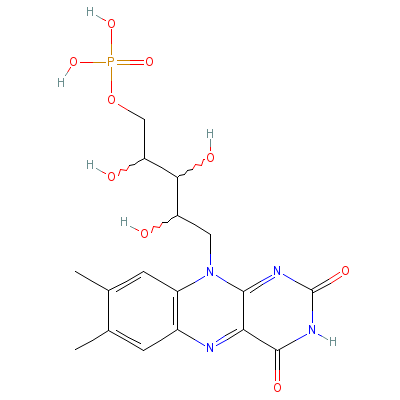
|
| Stearic acid |
82497-27-6 |
Octadecanoic acid |
C18H36O2 |

|
| Stigmasterol |
4736-55-4 |
17-(4-ethyl-1,5-dime
thyl-hex-2-enyl)-10,
13-dimethyl-1,2,4,5,
6,7,8,9,10
,11,12,1
3,14,15,16,17-hexade
cahydrocyclopenta[a]
phenanthren-3-one |
C29H48O |
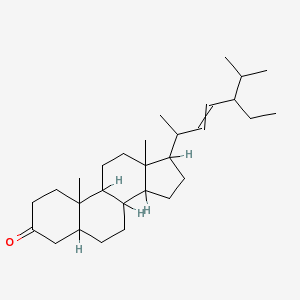
|
| Thiamin |
59-43-8 |
2-[3-[(4-amino-2-met
hyl-pyrimidin-5-yl)m
ethyl]-4-methyl-1-th
ia-3-azoni
acyclope
nta-2,4-dien-5-yl]et
hanol |
C12H17N4OS+ |

|
| Geraniol |
8007-13-4 |
3,7-dimethylocta-2,6
-dien-1-ol |
C10H18O |
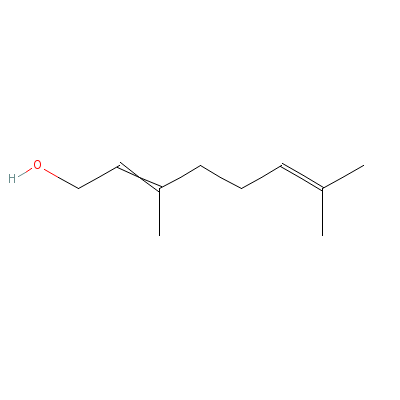
|
| Linalyl acetate |
8022-85-3 |
3,7-dimethylocta-1,6
-dien-3-yl acetate |
C12H20O2 |
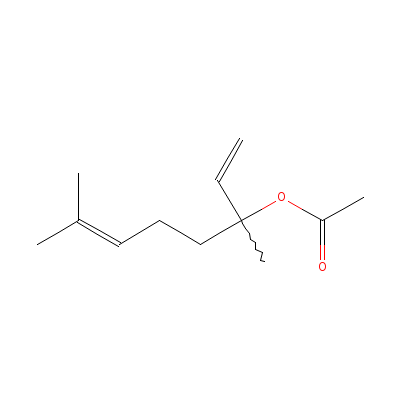
|
|
Pharmacology
| Medicinal Use |
 |
|
As an adjuvant for drugs with a carminative or laxative effect, in flatulence, colic and indigestion. It is used as an aromatic stimulant, carminative and flavouring agent. Powdered cardamom mixed with ginger, cloves and caraway is a good stomachic useful in atonic dyspepsia. In herbal medicine, cardamoms are chewed slowly to sweeten the breath, as aphrodisiac, to sooth digestion, stimulate appetite, used against flatulance, colics and disorders of body, often combined with purgatives to offset griping. |
| Contraindication |
 |
|
None known |
| Reference |
 |
|
 Sharma, Classical Uses of Medicinal Plants. Sharma, Classical Uses of Medicinal Plants.
The Himalaya Drug Company.
Grieve M. A Modern Herbal (1931) (www.botanical.com).
Johnson T. CRC Ethnobotany Desk Reference (www.herbweb.com/herbage). |
Dealers
Products
|
|